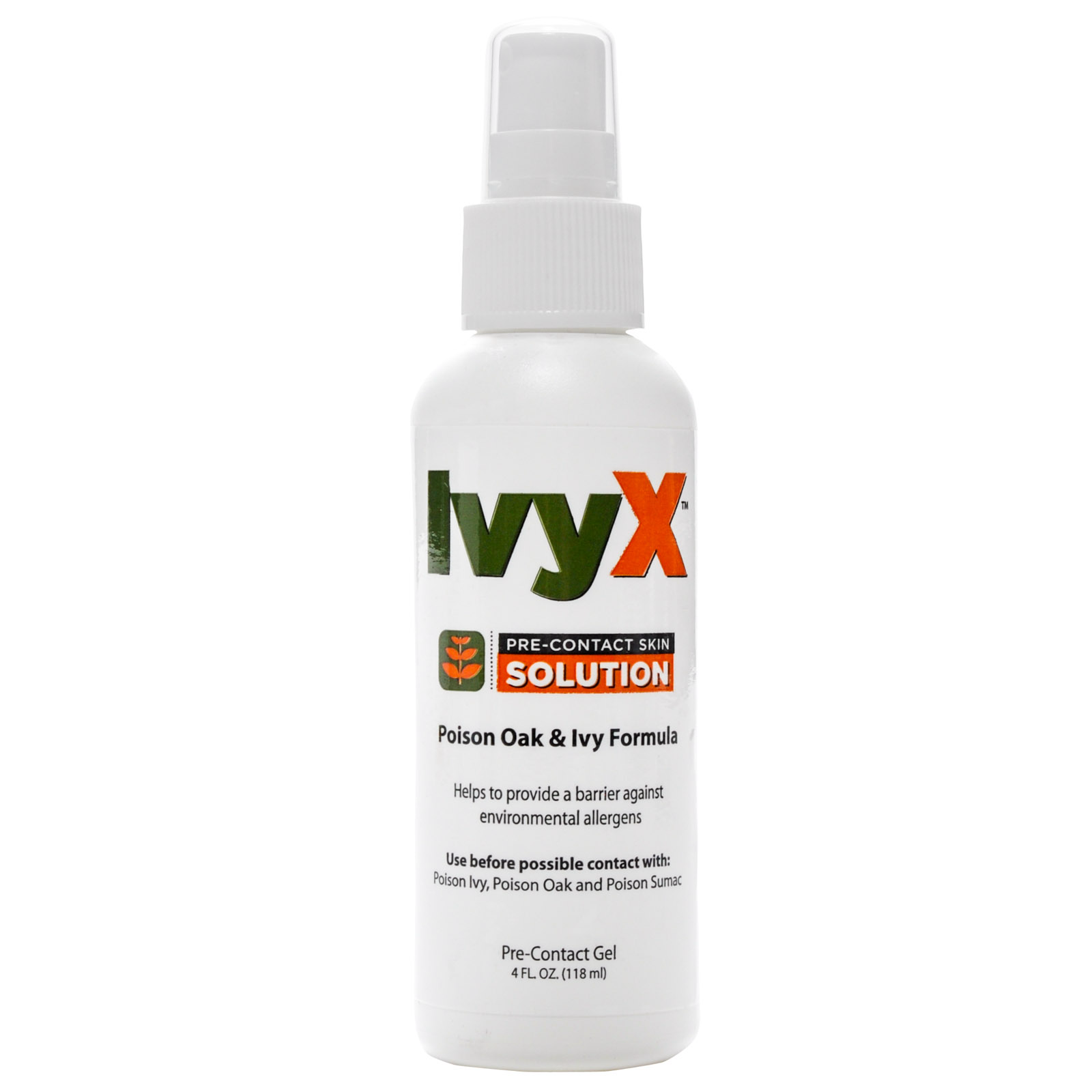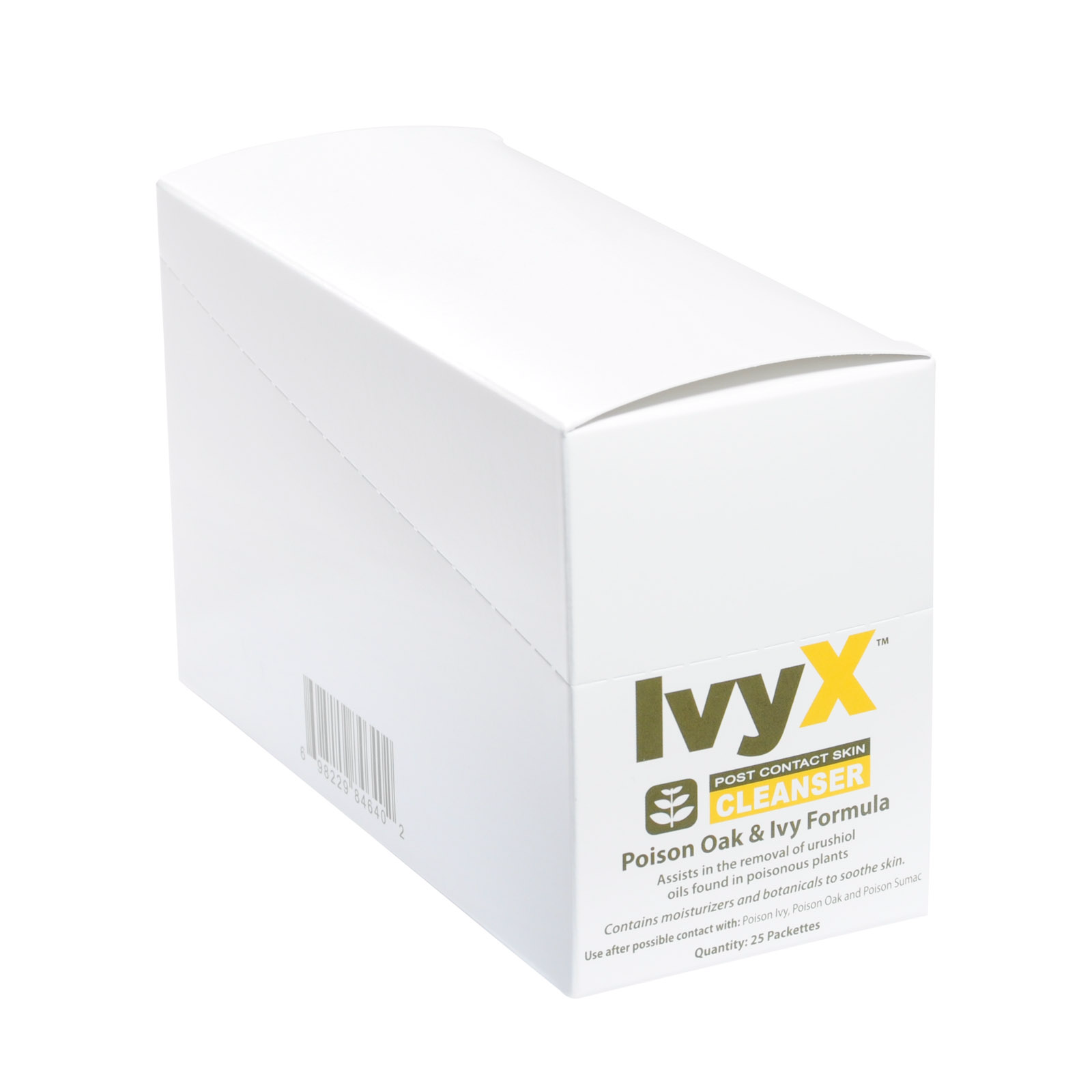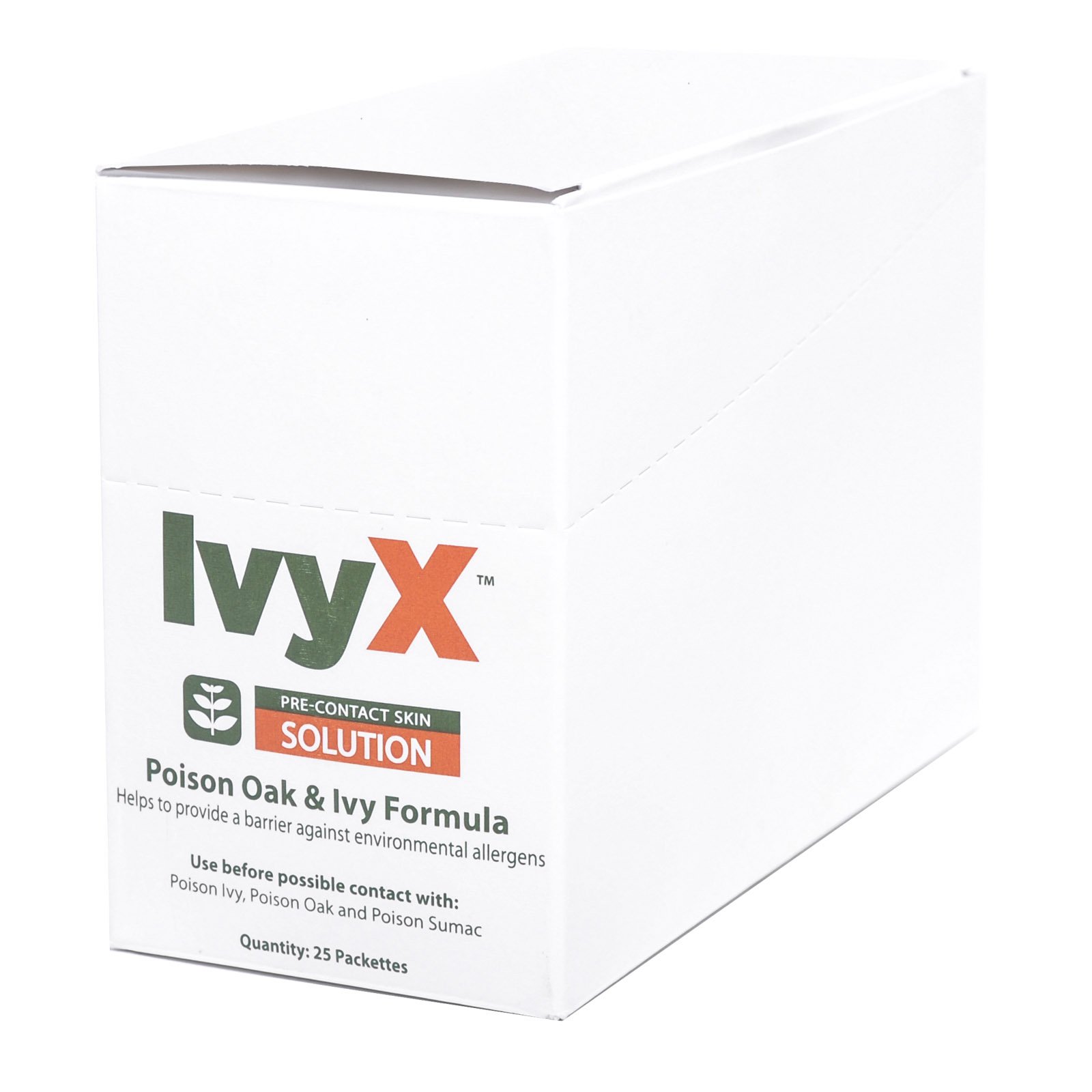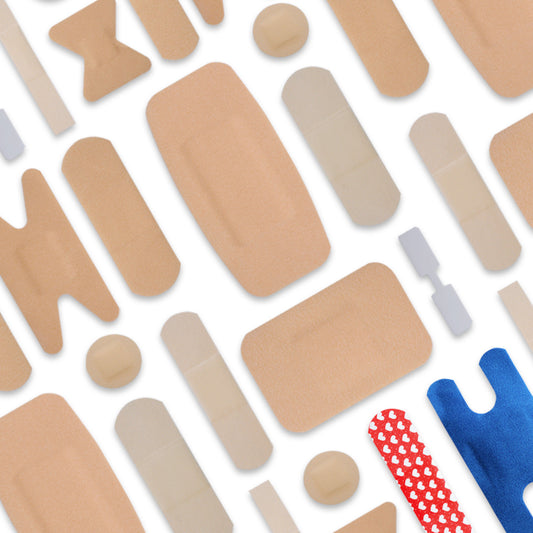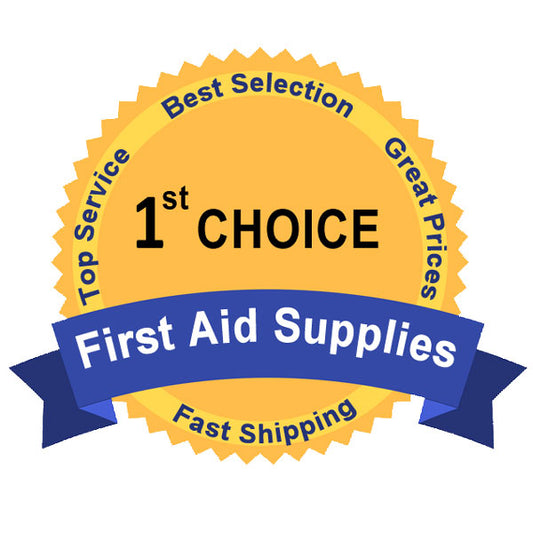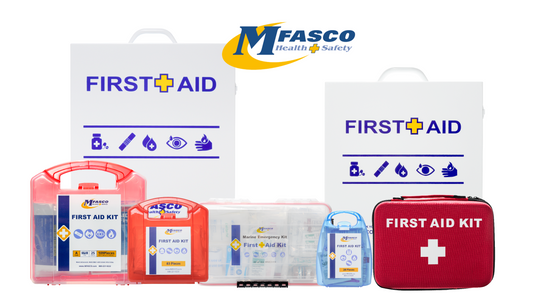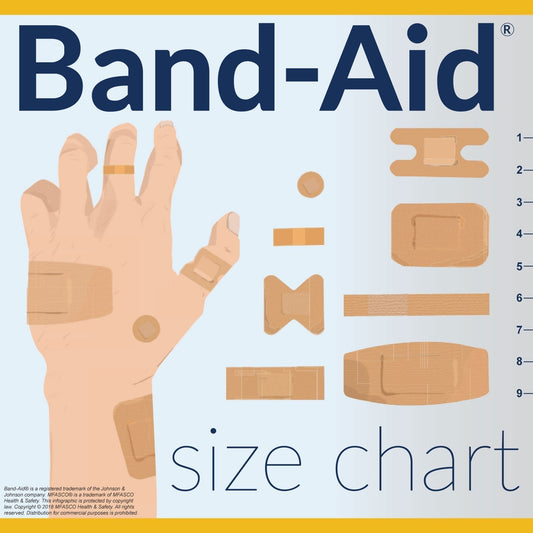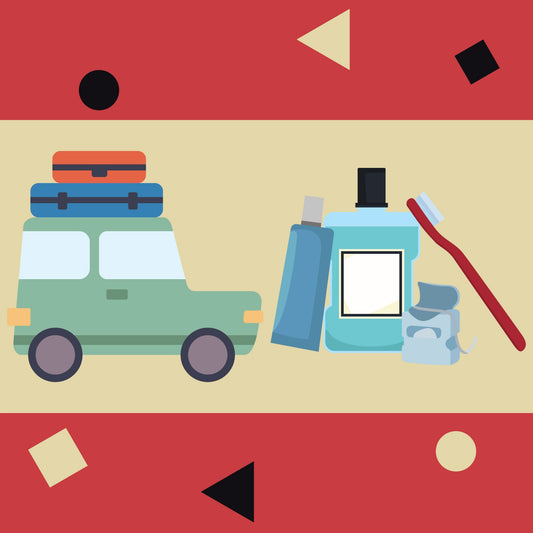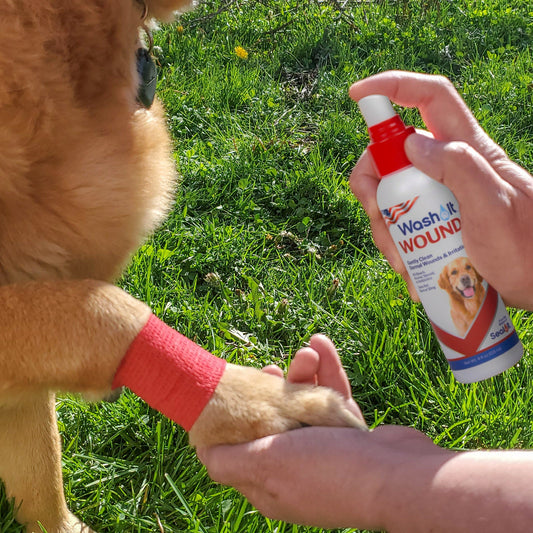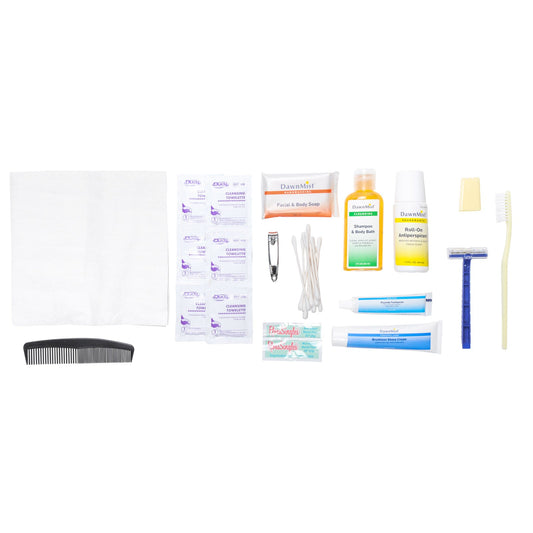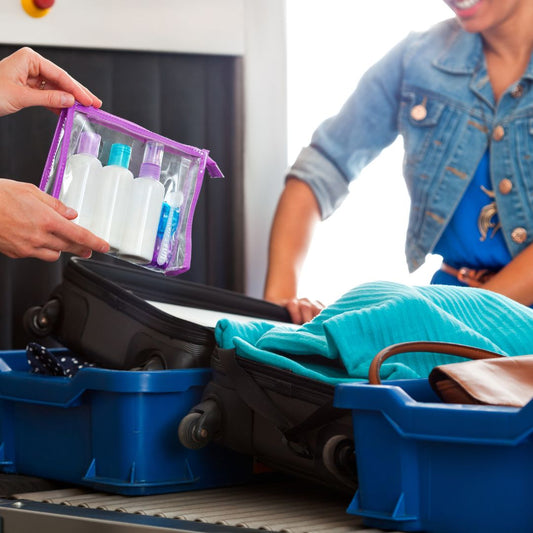How To Protect Workers From Poisonous Plants This Summer
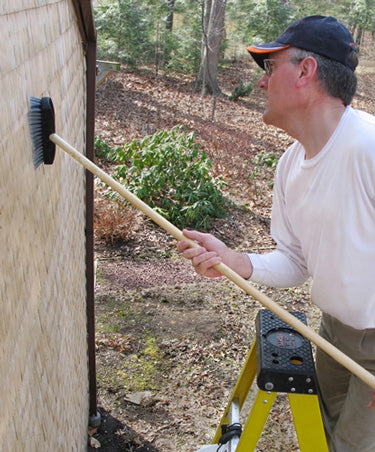
Warm weather means more people are working outside. Seasonal projects, such as gardening, farming, roofing, painting, and other tasks that require an employee to work out in nature can create unique health hazards. During warm months, people will be working side-by-side with flora that prospers during the spring and summer.
Certain vegetation can have an adverse effect on human beings. In order to prepare for this kind of toxic environment, a company or individual needs to take steps to prevent and be ready to treat possible exposure.
Identification
Poisonous plants emit a sap oil causing irritation and allergic reaction when it contacts bare skin. The CDC identifies poison ivy, poison oak, and poison sumac as the three most common types of poisonous plants workers are exposed to.
Poison ivy - Poison ivy is identifiable by its three shiny leaves. Typically it is green in color, but it may grow yellow flowers and white berries. In the U.S., it usually grows in hairy rope-like vines in the East, Midwest, and South. It can be found as shrubs in the North, West, and parts of Canada.

Poison oak - Very similar in appearance to poison ivy, poison oak also grows in shrubs or vines with a three-leaf pattern. Its leaves, however, are more rounded as opposed to the pointy poison ivy ones.
Poison sumac - Poison sumac has multiple leaves, usually seven to 13, that grow in pairs with an odd one at the end. The leaves can be identified by the black or brownish-black splotches that cover them. You will usually encounter this plant as a tall shrub or short tree.
Other plants can be poisonous if eaten. While this might not be as great a risk to your human workers, farms may have livestock and camps could have horses and dogs. The American Society for the Prevention of Cruelty to Animals has a visual guide to identify plants animals should not ingest.
Prevention and personal protective equipment
There are certain procedures and equipment that should be in place when working in areas that could lead to poisonous plant exposure. Make sure employees have the proper PPE for outdoor projects.
Cover up - Exposed skin reacts to plants, so wear long-sleeved shirts and long pants. Workers should make use of boots and work gloves - thick strong gloves that won't develop holes from consistent labor.
"Make sure employees have the proper PPE for outdoor projects."
Use a barrier cream - When working around vegetation, it is a good practice to apply a barrier cream first. Barrier creams contain bentoquatam, which prevents the plant's oil from being absorbed by the skin.
Clean tools - Always thoroughly clean tools that may have had contact with poisonous plants by using rubbing alcohol or soap. The CDC warns that rash-causing oils can stay active for five years on a surface. Use disposable gloves during the cleaning process.
Do not burn plants - If you are looking to remove vegetation, do not burn it. Breathing in the smoke from poisonous plants can be much more dangerous than skin contact.
If, for some reason, you have no choice but to burn poisonous plants, make sure your workers are outfitted correctly. They need to wear gloves and goggles. Workers should be provided with a particulate respirator to prevent breathing in the fumes.
Treatment
If anyone is exposed to a poisonous plant, the American Academy of Dermatology suggests the following procedure:
- Clean - Immediately clean the exposed area to remove sap oil. Use alcohol, degreasing soap, or a poisoned plant wash. Wash all possible areas that might have made contact (don't forget under your fingernails). Clean clothing and other items that could have been exposed to avoid spreading irritation.
- Apply care - You may treat the infected area with cold compresses, calamine lotion, and hydrocortisone cream. These products should be available on-site. In the event of a severe rash or allergic reaction, call 911 and seek medical attention.
- Further treatment - Do not scratch the infected area and leave blisters alone. To relieve itching, you can take short lukewarm baths. You may add baking soda or colloidal oatmeal, available at drugstores, to the bath for further relief. An antihistamine pill could also be taken to relieve itching. If the rash does not improve after 10 days, contact a dermatologist.
If you take every available precaution, you may limit injuries to your workers. When it comes to poisonous plants, you need to be able to identify potential problems, safeguard against threats, and be ready to manage exposure.
Outdoor Products & Accessories
MFASCO's Make a Kit Tool
Outdoor First Aid Kits
Posion Ivy Relief & Protection
Additional Resources for Outdoor Kits & Supplies
Top 8 First Aid Kit Types
5 Outdoor Health Tips - Part 1
Essential First Aid Kit Supply List
Contributing Expert

Mike Brinker
Mike Brinker has been working in the first aid industry for over 35 years. He has worked with thousands of businesses,groups, and organizations to provide a healthy and safe work environment. Mike helped create “Make-A-Kit”, the internet's only online first aid kit creation tool. He has also authored many helpful first-aid and safety-related resource articles found at the MFASCO Learning Center.

